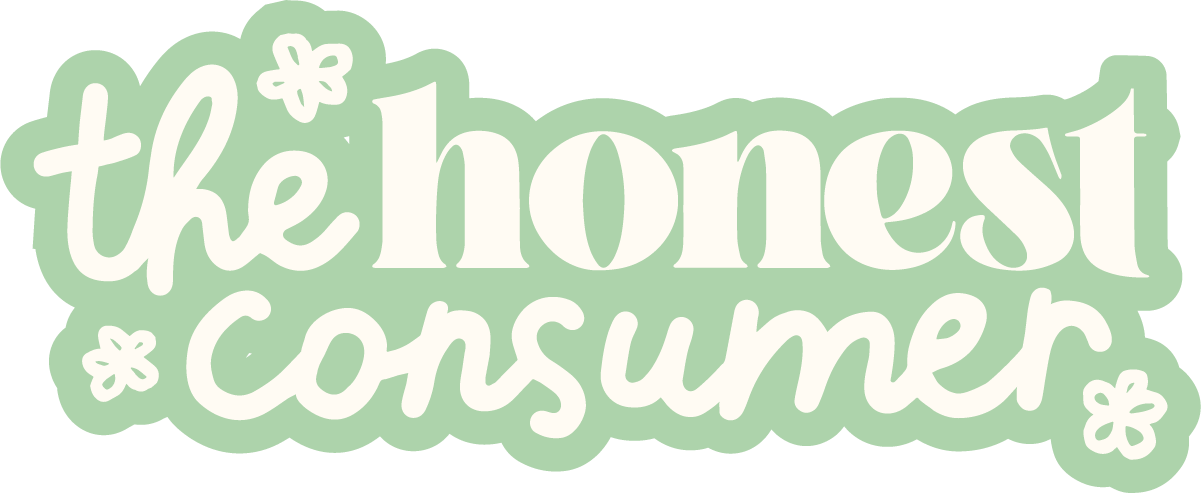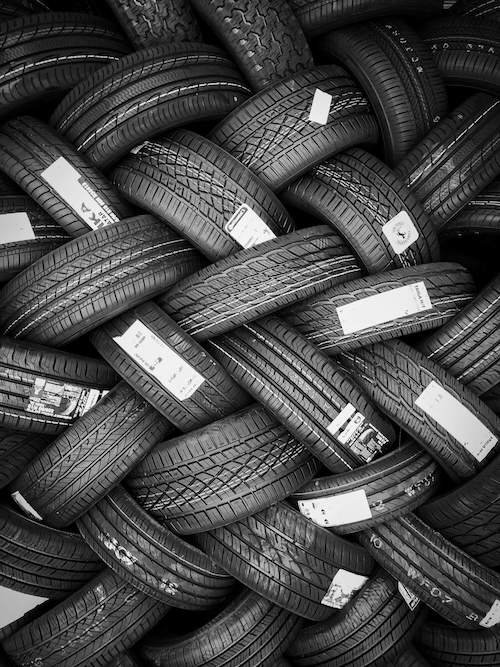3 Non-Toxic Rubber Mulch Brands for Safer Playgrounds
If you’ve spent any time on a playground, sports field, or in an equestrian arena you’ve likely encountered rubber mulch or crumb rubber – even a stroll through a garden may unveil its use as a landscaping material.
Made from shredded recycled tires, rubber mulch is popular because it’s durable and low maintenance.
When it comes to playgrounds, sports fields, and equestrian arenas it is used as a protection measure because it provides a safer and soft surface to fall on than sand or gravel, while reducing joint and bone strain on horses. It also does not create dust.
When it comes to landscaping it provides many benefits for plants because it retains moisture, discourages weed growth, and does not attract pests.
And since it does not rot or break down quickly, it needn’t be replaced regularly.
All these advantages have led to its popular use. But rubber mulch has been attracting attention of a different kind, as consumers have begun to question the toxicity of rubber mulch.
This is especially concerning when used in playgrounds where it may affect young children who are more vulnerable to toxins in the environment.
Let's explore the sustainability of these rubber chips and explore some non-toxic mulch brands.
Is Rubber Mulch Toxic?
This question leads to quite a knotty answer and it is evident that further questioning and more research are required. Chemical elements like aluminum, cadmium, copper, iron, magnesium, selenium, sulfur, and zinc have all been found in rubber mulch.
While we may be exposed to these in many other areas of life – including in our food – their presence in rubber mulch can lead to increased and more regular exposure.
Rubber mulch may also contain trace elements of heavy metals like lead and manganese, while also off-gassing volatile organic compounds (VOCs). Not exactly something you want to come across on public playgrounds with children.
Health and Environmental Impacts
It’s worth being aware of the risks of using rubber mulch, especially as some toxins can build up in our bodies, as well as in water or soil.
This is particularly the case when it comes to children if they’re regularly exposed to rubber mulch by being out and about on the playground every day.
Additionally, children are more vulnerable to toxic exposure because their bodies are still developing and they are prone to putting their hands, as well as foreign objects, in their mouths.
While small doses of certain chemical elements may not pose a problem, and can even be good for us, overexposure can lead to negative effects.
The same can be true for plants. Zinc, for example, is good for plant growth as it produces chlorophyll, but too much of it can cause toxicity in plants. Zinc may already be present in the soil, and by adding rubber mulch you can raise the levels.
The effects of exposure in humans may range from skin and eye irritation to neurological and organ damage. Heavy metals, VOCs like toluene, and polycyclic aromatic hydrocarbons – all of which may be found in crumb rubber – have been linked to cancer.
Rubber mulch is also much more flammable than wood mulch. It catches fire more easily and once it burns the resulting fire is hotter and faster.
However, using rubber mulch may feel a bit like choosing between two evils. Since it is made from a wide range of recycled tires – from car tires to truck tires – making rubber mulch keeps old tires out of landfills, dumps, and incinerators.
While toxins found in rubber mulch – whether in a private garden or a public park – can leach into water, plants, and soil where it can bioaccumulate and persist in the environment, as well as get into our food, it also causes damage lying around in a landfill or dump.
Burning rubber also has atrocious effects, as the emissions from the fire can contain human carcinogens like benzene, 1,3-butadiene, and benzo(a)pyrene, while also polluting the environment.
Despite all the toxic substances impacts and environmental impact, it's reported the Consumer Product Safety Commission and EPA recommend and have worked with industry representatives and state officials to increase the use of tire mulch in playgrounds.
The levels of toxins in rubber mulch are often considered too low to pose a risk and are further offset by the possibility of injury being reduced because it provides a bouncier, safer surface to fall on than wood mulch, gravel, or sand.
As for toxicity, wood mulch is not always that innocent, as it may be coated in chemicals such as chromated copper arsenate (CCA), which is also known to be carcinogenic.
Even though the use of CCA-treated wood has been phased out in residential construction and new housing developments, you may still encounter existing wooden structures and materials coated with CCA.
Whether on a playground, in a park, or in a garden, you’d be hard put to avoid rubber mulch or crumb rubber. But no material is going to come without risks.
As illustrated, the alternatives come with their own problems. A good brand or manufacturer should be practicing caution.
For one thing, when rubber mulch is manufactured, it is filtered so that stones, metal, fibers, and other potentially harmful materials are removed.
You can practice additional caution at home and in other areas using rubber mulch too.
Avoid using rubber mulch around edible plants.
Wash hands and toys after playing in rubber mulch, as well as before touching any food or drink.
For landscaping and gardening you can use a variety of alternatives. Depending on your needs, you can use pebbles, gravel, natural mulch, artificial turf and organic mulch such as leaves, grass clippings, and organic kitchen waste.
Look for non-toxic rubber mulch such as a tire-free rubber mulch.
Consider other materials for your backyard playset protection surface
3 Non-Toxic Rubber Mulch Brands
If you're looking for options better than conventional rubber mulch for those playground surfaces in your backyard, we've rounded up a list of premium rubber mulch companies that are taking extra pre-cautions when it comes to safety and sustainability.
This post does contain some affiliate links which means The Honest Consumer will receive a commission if you decide to make a purchase, but at no additional cost to you.
Jelly Bean Tire Free Rubber Mulch
If you're looking to avoid the popular option, mulch made from tire rubber, Jelly Bean Rubber Mulch is a great option for your play areas.
Jelly Bean playground rubber mulch is made from the scraps of pre-consumer virgin rubber safety tiles and is non-toxic, as well as free of wire, odors, and lead.
These tiles have been specially made for use in hospitals and daycares, making them a great material for Jelly Bean’s non-toxic rubber mulch. It is also sterile, latex-free, and contains no harmful VOCs.
It’s been third-party ASTM tested for toxicity and is compliant with California’s indoor air quality standards.
Playsafer by Rubberecycle
Rubberecycle makes rubber mulch for landscaping, equestrian arenas, military training areas, and playgrounds.
Made in the USA using 100% recycled tires, Playsafer's rubber tire mulch chips pass through magnets during the manufacturing process to remove steel content, making it 99.9% steel-free. It is also non-toxic, as are the paints used for colored mulch. Their playground mulch features a variety of colors to choose from.
Best Rubber Mulch
Good for playgrounds, landscaping projects, military obstacle courses, and equestrian arenas, Best Rubber Mulch is made from 100% recycled tires and is 99.9% wire-free.
Available throughout the US, their non-toxic and odor-free rubber mulch is ADA and ASTM compliant and certified by IPEMA. Best Rubber Mulch also offers a rubble mulch calculator so you can work out just how much you need to purchase.
Hopefully this guide has helped you learn more about rubber mulch and encouraged you to think twice when it comes to the play surface in your backyard.
If you're looking for other organic materials and alternatives to rubber mulch you could also consider wood chips, pea gravel, or sand. The important thing is to choose a high quality material that you feel is best for your children's health and family.
MORE NON-TOXIC LIVING GUIDES:
MEET THE AUTHOR
Claudia Hauter is a South African writer, copy editor, and content creator with degrees in Drama and Anthropology. She works in television managing web content. When she isn’t reading or writing, she’s walking her dog, finding small businesses and markets to support, or attracting butterflies and bees with her vegetable garden. Learn from Claudia on Twitter or Instagram.
For more tips & tricks on sustainable living be sure to follow The Honest Consumer on social media, subscribe to our newsletter, & check out the Ethical & Sustainable Brand Directory.





